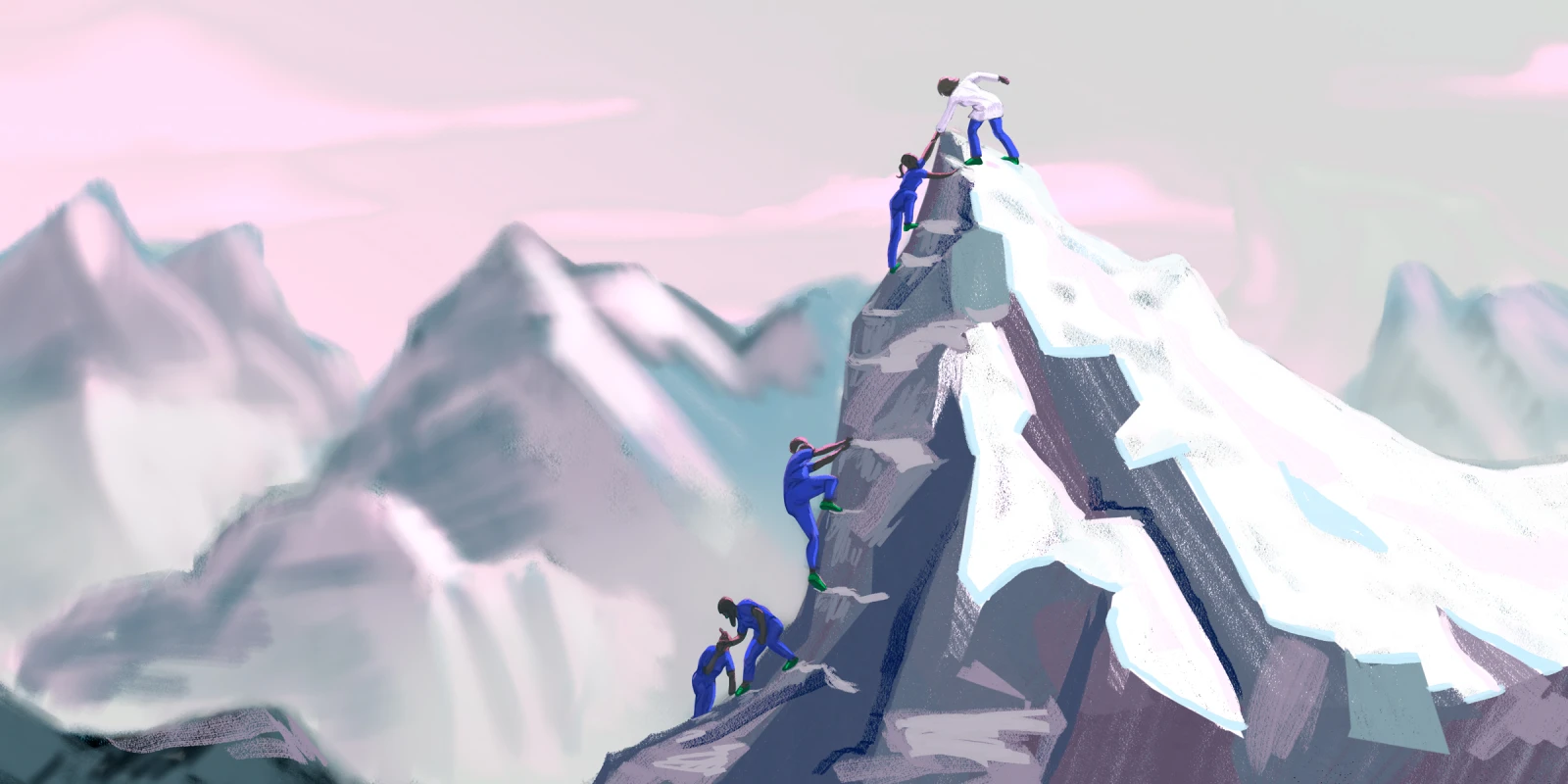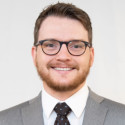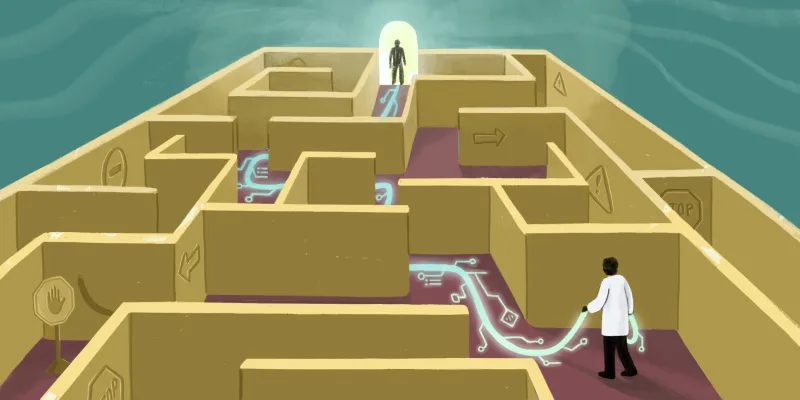At precisely 11:30 a.m. on a blisteringly cold and windy May morning, Edmund Hillary and Tenzing Norgay made history at 8,850 meters as the first explorers credited with successfully summiting the world’s highest peak, Mount Everest. Over the following 70 years since Hillary and Norgay’s successful summit, more than 6,000 individuals would successfully follow in their footsteps. A brutal sport of endurance, alpine climbing is predominantly an individual sport where climbers must each obtain a high level of technical expertise, physical endurance, and resilience to the whims of Mother Nature. Yet, as is the case with Hillary and Norgay, alpine climbing is almost always conducted through teams or “expeditions.” A group of individual climbers faced with the challenge of summiting the highest peaks, together.
On a warm August day in a cramped, air conditioned, blue-and-green-tiled lecture hall, myself and 161 other bright-eyed first-year medical students began the first day of our first class of medical school, “Introduction to Being a Physician.” The fluorescent lights hummed as, one by one, experienced clinicians and surgeons wrapped in long white coats recounted their experiences as medical students years, and decades, before. A grizzly mustached orthopaedic surgeon rose, a steady hand pointing directly at a lanky student sporting tortoise eyeglasses in the end seat of the third row, and said, “Thirty years ago, that was my seat.”
“And there,” he gestured to a young woman in a floral dress sitting immediately behind the man, “is where my good friend Zane sat. He’s a primary care doc out in Colorado Springs now and hosts a ski trip every year or so.” Four times more, the surgeon’s gravelly voice called out the seats of his former classmates with an outstretched index finger. A pathologist in New York City and grandfather of six. A pediatrician in Ohio who started a vegan bakery with their spouse. A general surgeon in Texas who recently lost an extended battle with cancer.
“The temporary strangers in this room will become your friends, colleagues, and for some, even your spouse,” he finished with a wry smile. “Medical school is tough, but I hope you’ll find it to be some of the best years of your life.”
As the years of medical school fly by, I have come to appreciate the wisdom of these words more with each passing year. It’s hard to pinpoint where friendships begin or how each individual finds their people. In the beginning, our friendships were seeded through shared experience meeting unique challenges in preclinical courses, in a new environment, and surrounded by new people. With each subsequent iteration of training, friendships and trust continued to deepen as we saw each other at our best and perhaps worst. As compatriots in medicine, you become privy to the efforts of your colleagues in ways that garner admiration, respect, and inspiration.
Looking at the surface, I gave little to no consideration for the group of individuals that would constitute my classmates when deciding on which medical school to attend. Instead, I agonized over previous match lists, national rankings of schools and associated hospitals, and research funding. I carefully weighed the school’s location and proximity to family and friends. Special marks identified schools with unique curriculums, clinical experiences, or financial aid packages. Every calculation was made regarding the mountain that was medical training without factoring in who the climbers embarking on the expedition would be.
Tyson Schoene, an American climbing coach, is quoted as saying, “No elite athlete of any sport is who they are by themselves.” I wouldn’t hesitate to expand this quote to include physicians, surgeons, or allied health professionals. In many ways, the journey is made not by the destination but by those who traveled with you. I never again had the opportunity to cross paths with that grizzly mustached surgeon, but I can satisfactorily say he was right. The temporary strangers packed into that lecture hall contained some of the closest friends I’ll ever have. As luck would have it, my wife was sitting in the front row, second from the right. Peppered throughout the room were the members of our wedding party. A budding PCP in Seattle, obstetrician in New Haven, general surgeon in Minneapolis, anesthesiologist in Boston, cardiologist in Pittsburgh, and gastroenterologist in Baltimore. The list goes on.
Looking forward to the challenges of internship year and residency, I found myself less fixated on the individual peaks to summit and more preoccupied on the individuals who were making the climb with me.
How did you find your summit team? Share in the comments.
Dr. Christian Morrill is a research fellow at the Brady Urological Institute at Johns Hopkins studying management of urogenital congenital malformations. He enjoys bicycle trips, pottery, and exploring the Baltimore food scene. He is passionate about surgical education, innovation, and patient-centered care. He hopes his writing will spark resilience and empathy within himself, peers, and patients. Dr. Morrill is a 2022–2023 Op-Med Fellow.
Illustration by Jennifer Bogartz







